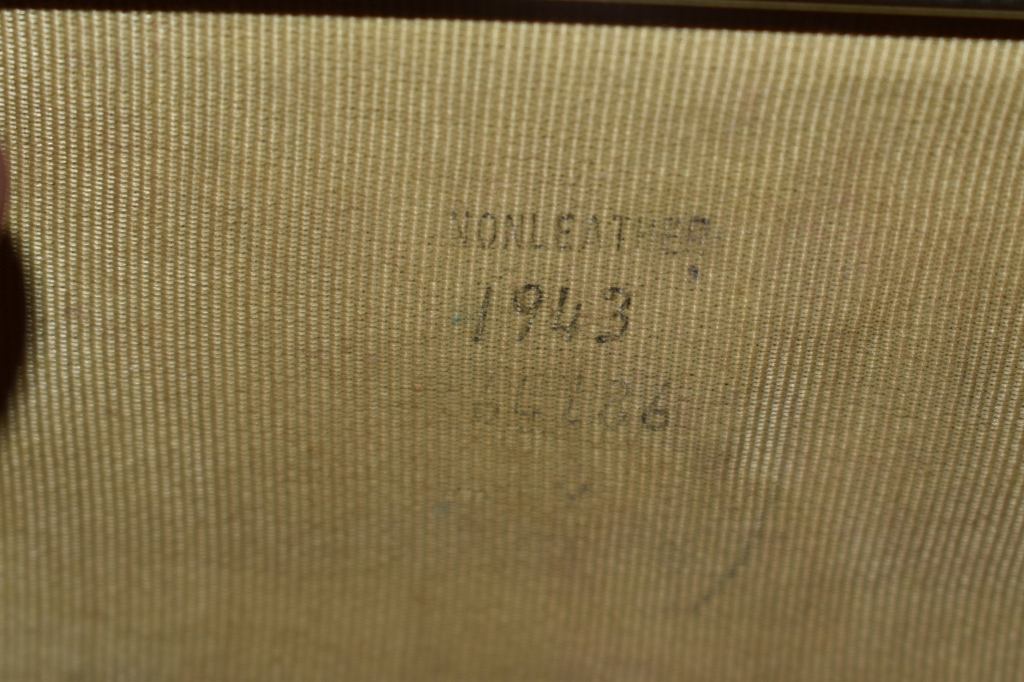Today’s hot buys in the secondhand marketplace might be stone cold by the time you decide to begin unleashing them on the public. Buyers are very fickle when it comes to what they buy.
Shabby chic could be in one year, then fifties modern the next. It could be Depression glass even. Several years ago here in my area, Jadeite was white-hot. You could not keep it on the shelves, no matter what the piece (or the price) was. You know what? Now you can’t give it away, even if you mark it as “FREE.”
As a dealer, you must be willing to change with the times. You might love kerosene lamps and high-priced graniteware, so you’ve filled your shelves with them. The guy next to you is unloading advertising signs and designer marked jewelry.
You have to learn to watch. Then you have to anticipate and move or the crowd in the isle will pass you by.
What kinds of items are selling in your area?


